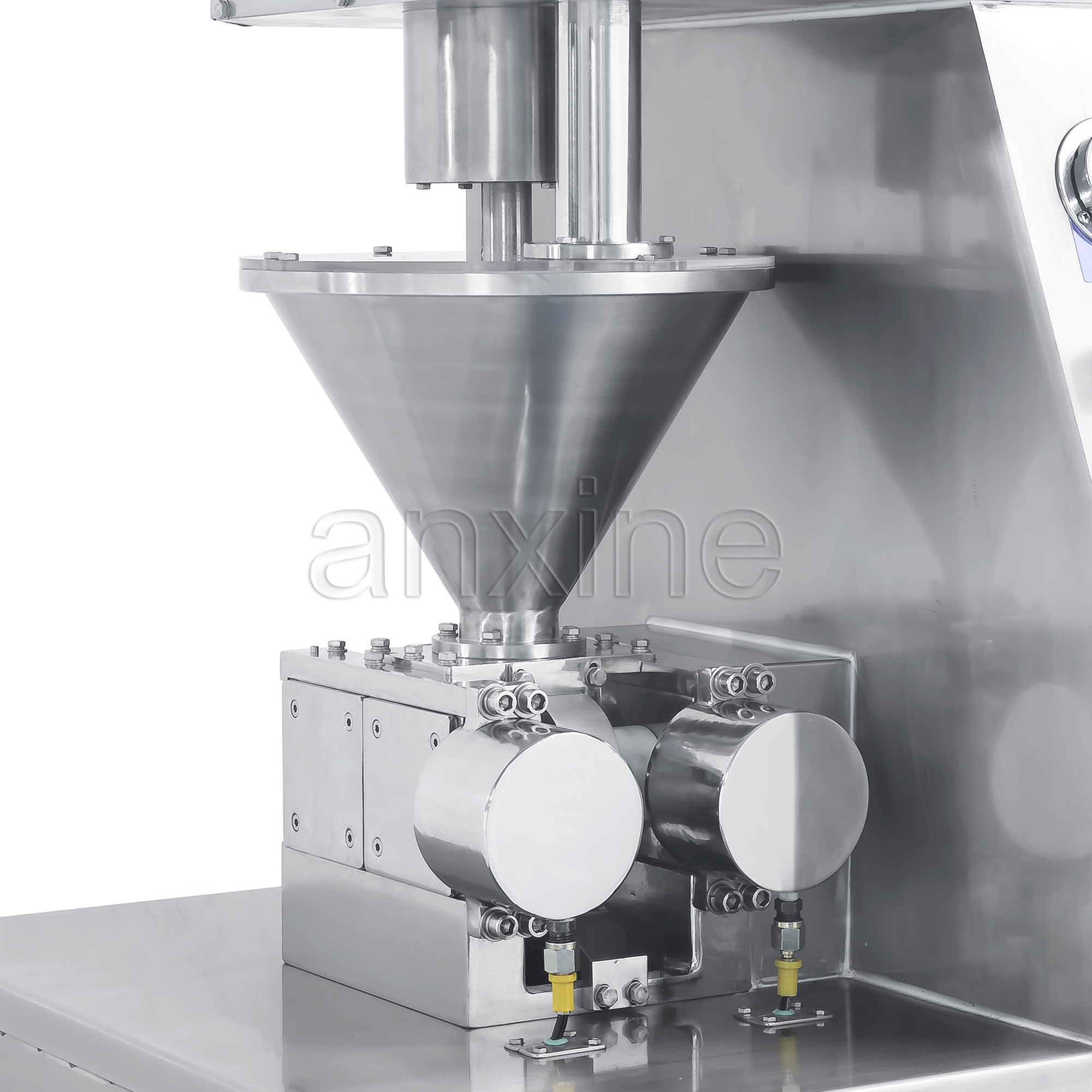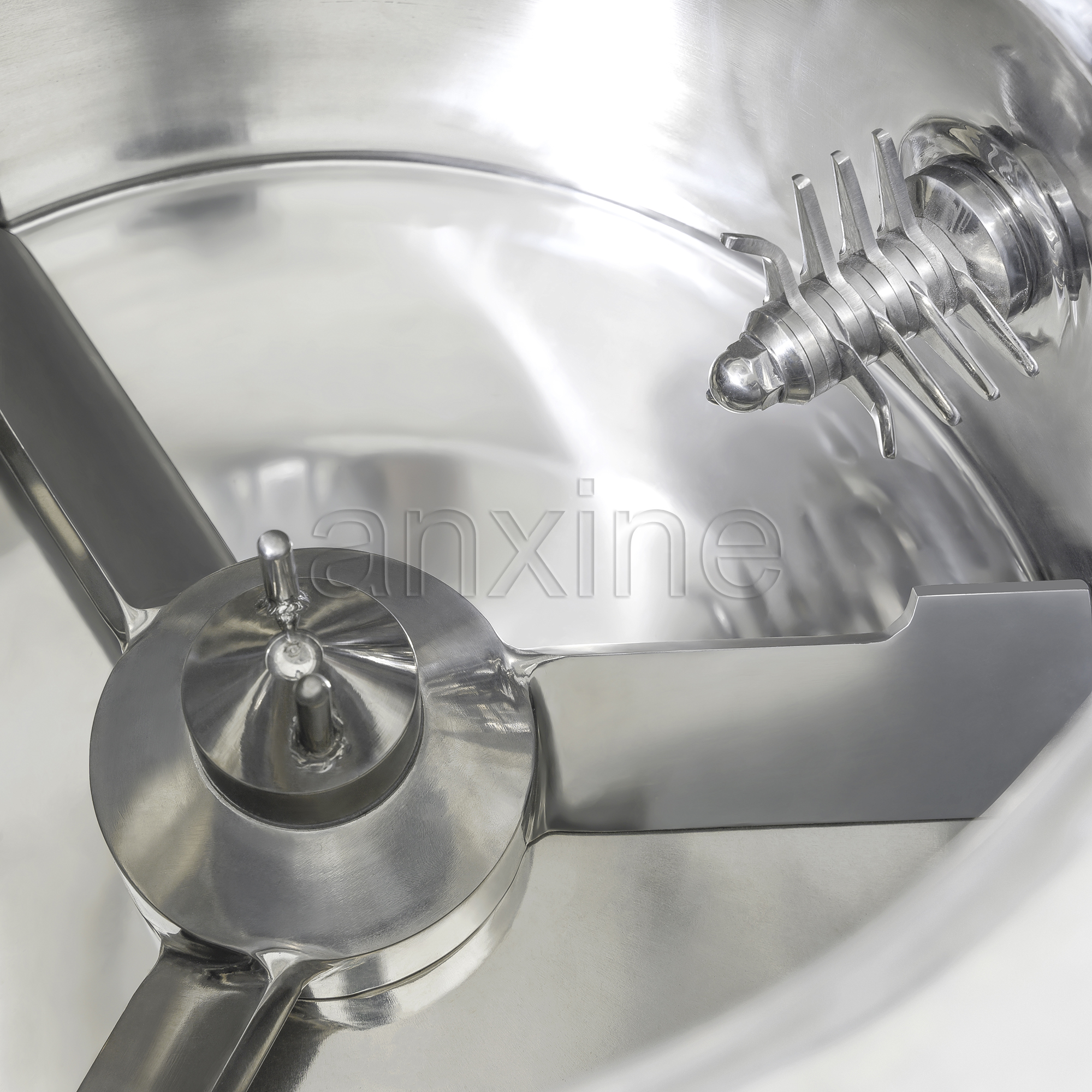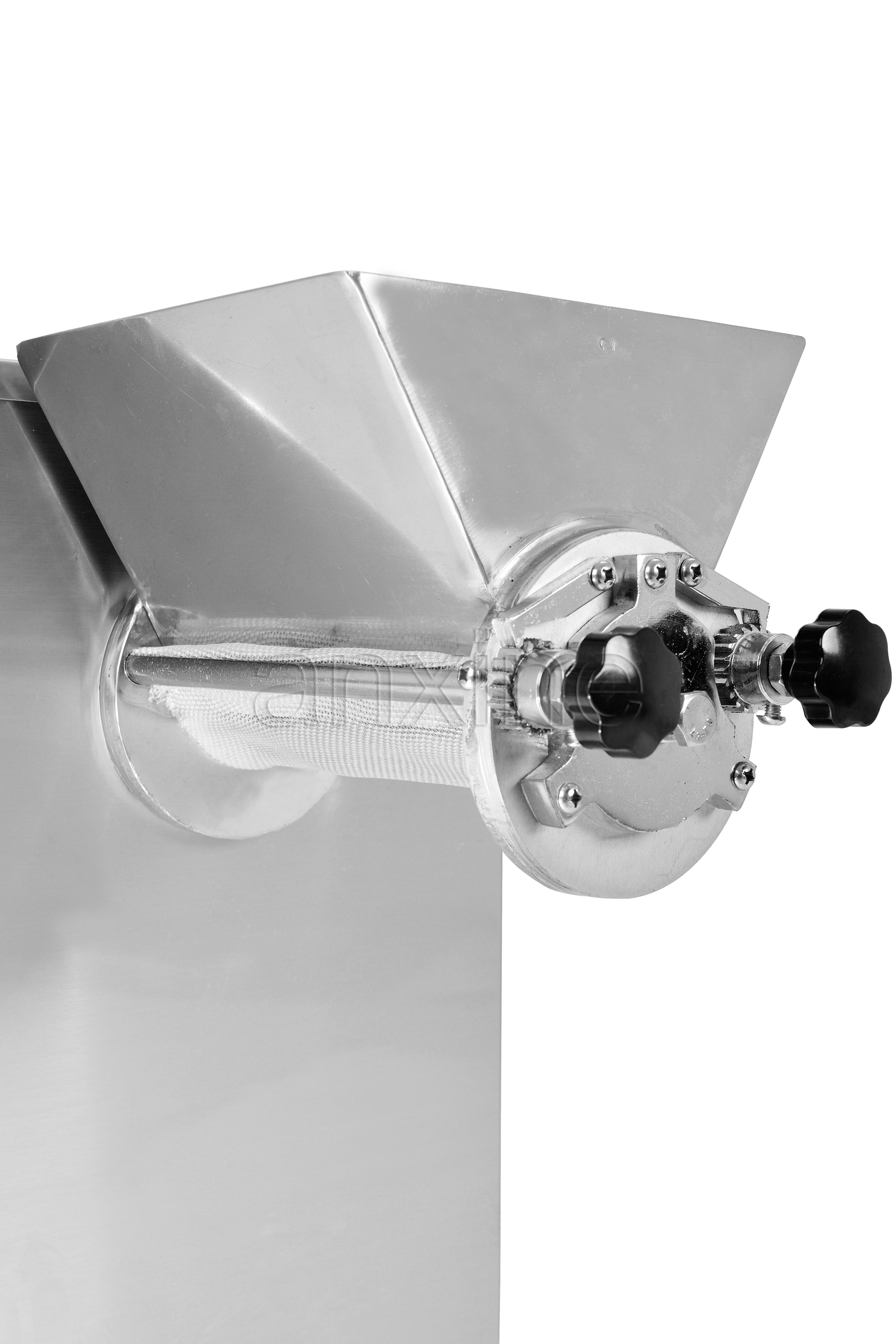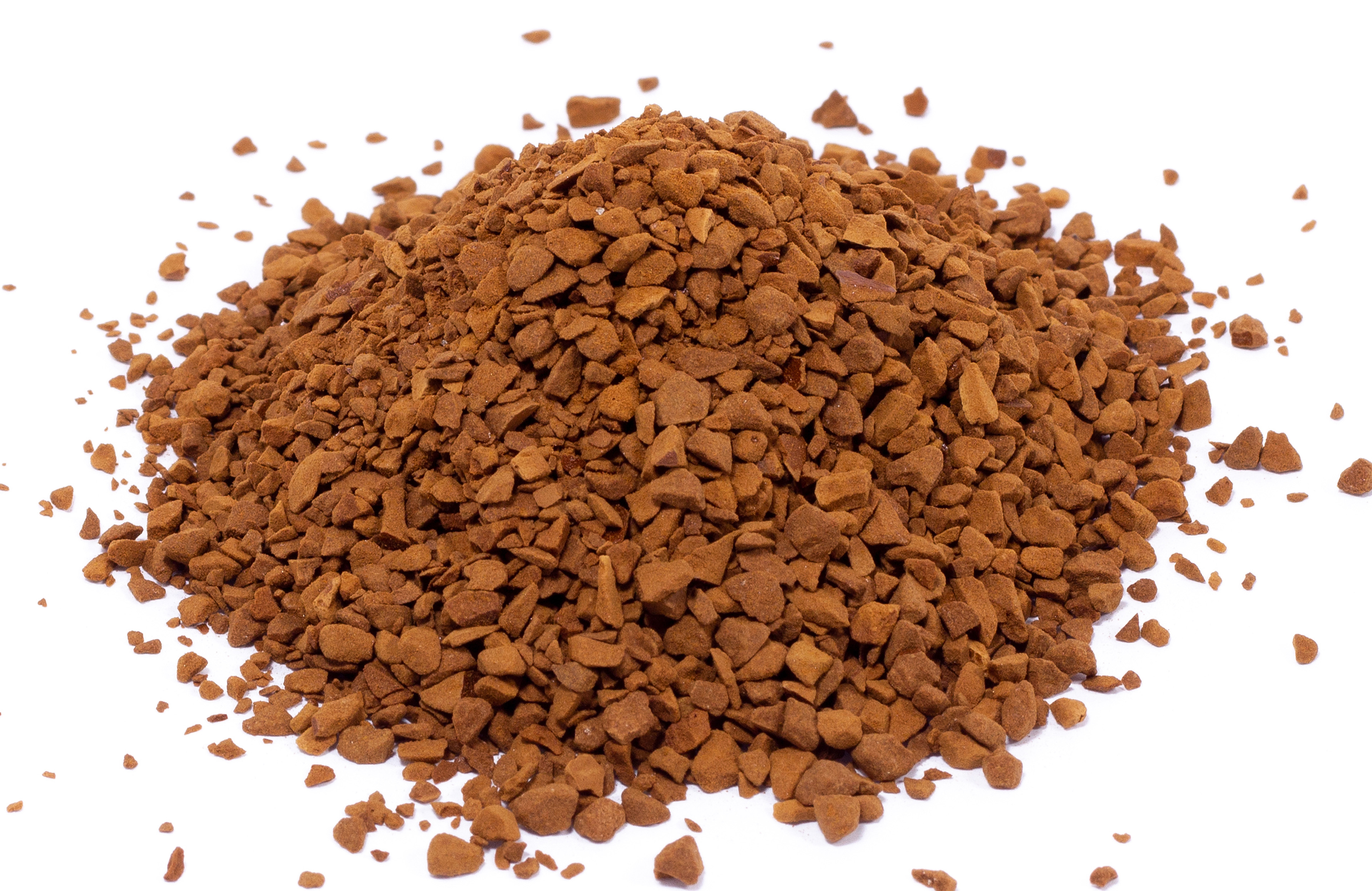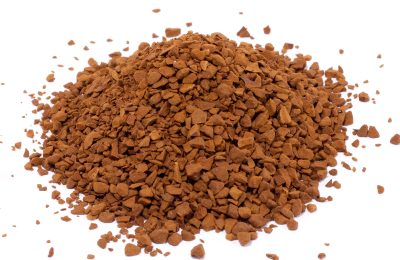What is a Granulator Machine?
A granulator machine is engineered to form granules of similar size and good flow. This kind of processing equipment can be classified into various types and uses different granulation methods. Depending on the design, a granulation machine can process fine powders, moist mixtures with binders, or larger solid lumps that need to be crushed. The final goal is to create uniform granules that are easier to handle. For instance, these granulated materials are more easily filled into capsules or compressed into tablets. Granulation equipment is not only common in pharmaceuticals but also in nutraceuticals, food, chemicals, and even recycling industries.
Types of Granulation Processes
Turning powders into granules usually comes down to a simple question: do you add liquid, or not? That difference defines the two main approaches to granulation—wet and dry.
Wet Granulation
In a wet granulation process, a liquid binder is applied to hold fine powders together. Common liquid options are: water, alcohol, or polymer solutions. The moist powder agglomerates are then dried and sized into uniform granules. Wet granulation is the most popular technique in tablet and capsule manufacturing. However, it requires a drying step and isn’t suitable for moisture- or heat-sensitive materials. This process can be completed in various approaches. High shear granulation gives compact, uniform particles fast. Low shear mixing works with sensitive powders in a gentler way. Fluidized bed granulation handles spraying and drying together, which is efficient for large-scale batches.
Dry Granulation
Here, no liquid is added. Powders are compressed into dense ribbons or slugs under high pressure. The material is then processed into granules. Because there’s no drying stage, dry granulation saves time and energy. It’s the preferred method for materials that degrade in moisture or heat. The challenge is that granule density and size may be less uniform compared to wet methods.
Wet Granulation vs. Dry Granulation at a Glance
| Wet Granulation | Dry Granulation | |
| Uses Liquid? | Yes, binder solutions applied | No liquid involved |
| Steps | Mix → Binder → Wet mass → Dry → Sieve | Compress → Mill → Sieve |
| Best For | Improving compressibility, content uniformity | Heat/moisture-sensitive materials |
| Strengths | Produces strong, uniform granules; less dust | Faster process; no drying; gentle on APIs |
| Limitations | Needs drying; not for sensitive powders | Less control over density and size |
Common Types of Granulator Machine
Granulator machines come in several designs. Each serves a specific granulation technique. Below are the most common types used in modern manufacturing:
Low Shear Mixer Granulator
This machine is built for wet granulation. It combines powders and binders gently and slowly. It works well with delicate or fragile materials. The granules produced are often larger and less dense, but easier to flow and compress.
High Shear Granulator
This is the most widely used wet granulator. It runs a fast-moving impeller and a chopper to blend powders and binders. The intense mixing action forms dense, uniform granules. The particles produced by this kind of granulator are often ready for encapsulation or tableting. Since working at high speed, it’s an ideal choice for processing large batches.
Fluidized Bed Granulator
This granulation machine is a two-in-one unit: granulation and drying at the same time. It suspends powder particles with upward airflow inside the vessel. Binder is sprayed onto the particles and dries quickly due to the continuous airflow. The resulting granules are pretty dense and easy to flow. This type is a highly efficient choice for large and continuous operations.
Roller Compactor Granulator
Unlike the previous three ones, this is a dry granulation machine. It presses powders between two counter-rotating rollers. The action results in dense ribbons that are then broken down into granules. With no moisture or heat involved, this granular making machine is ideal for sensitive materials. The granules obtained are ready for direct tablet making.
Oscillating Granulator
This granulator machine is a versatile option. It uses an oscillating rotor to crush large lumps and a screen to size granules. It works in a gentler way compared to the roller compactor. This machine can achieve uniform granules in both wet and dry granulation processes. The downside is that it generally works more slowly than other types.
Granulator Machine Parts
Granulator machines come in many types, so their components can’t be described in a general way. Here, we’ll look at the key parts of each main type one by one.
Low Shear Mixer Granulator
- Mixing Bowl – A Cylindrical or conical drum where powders and binder are combined.
- Impeller – Slowly rotating paddle that tumbles powders to form uniform blends.
- Granulating Blade – Helps cut and shape agglomerates into consistent granules.
High Shear Granulator
- Mixing Bowl – Stainless steel jacketed vessel for mixing and granulation.
- Impeller – High-speed blade that rapidly blends powders and binder.
- Chopper – Breaks down damp mass into smaller, uniform granules.
- Discharge Valve – Controlled outlet for releasing finished granules.
- Binder Spray Nozzle – Evenly sprays binder solution during mixing.
Fluidized Bed Granulator
- Process Chamber – A vessel that granulates and dries granules.
- Air Distribution Plate – Ensures even airflow to keep particles suspended.
- Spray Nozzles – Atomize binder; can be top-spray or bottom-spray.
- Filter System – Controls dust and removes moisture.
Roller Compactor
- Feed Hopper and Auger – Consistently meters powder into the compaction area.
- Compaction Rollers – Counter-rotate to compress powders into flakes or ribbons.
- Scraper Blades – Prevent powder build-up on roller surfaces.
- Milling Unit – Breaks the ribbon into granules.
- Sizing Screens – Control the final granule size.
Oscillating Granulator
- Feed Hopper – Stainless steel container that directs material to the rotor.
- Oscillating Rotor – Moves back and forth to push material through the screen.
- Screen Mesh – Only allows granules of the right size through.
Granulator Machine Working Principle
Different granulator machines use different principles to turn powder blends into uniform granules. Here’s how each type works:
Low Shear Mixer Granulator: Operates by slowly tumbling powders in a bowl. Gently stirs the powders with an impeller. Uses a blade to shape the clusters. This combined motion brings less dense but uniform granules.
High Shear Granulator: Runs at high speed in the entire process. Uses an impeller to mix powders with binders. Breaks the wet mass with a chopper blade to produce dense granules.
Fluidized Bed Granulator: Lifts powders with an upward airflow. Sprays the binder solution evenly onto the suspended particles and blends them. Dries the mixture at the same time to achieve solid granules.
Roller Compactor: The roller compactor granulator works by pressing powders between two rollers. Counter-moves the rollers to compress them into ribbons. Then uses a milling unit and screen to produce granules of the desired size.
Oscillating Granulator: Creates granules with a rotor and a mesh. Enables the rotor to move back and forth, crushing powder chunks. Then forces the material to pass through a mesh to achieve consistent granules.
Why Choose Anxine Granulator Machine?
Anxine brings you a complete granulation lineup. Looking for wet granulation equipment with precise binder spraying? Seeking dry granulators that work without liquid to handle your sensitive formulations? Our range includes small development units, multi-function fluidized bed systems, and continuous production models.
- Delivers consistent and uniform granules, batch after batch
- Built with stainless-steel contact parts and sleek surfaces for quick cleaning and GMP compliance
- Offers flexible control over granule size and density with adjustable settings
- Combines drying and granulating in one unit on certain models, saving time and space
- Offers user-friendly features that simplify operation and reduce downtime
- Compact layouts and efficient energy use lower running costs while maintaining high output
